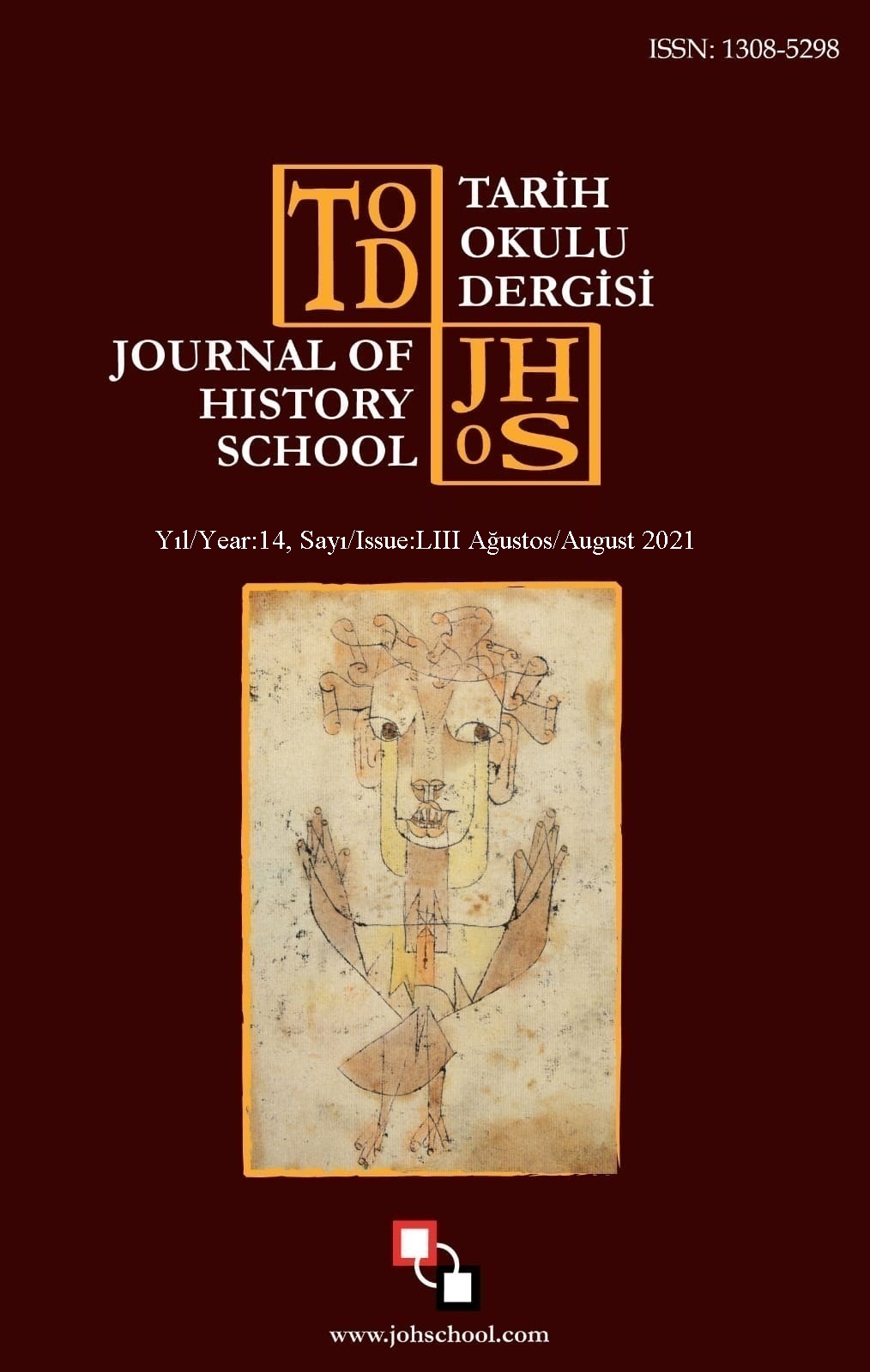Author :
Abstract
Moğolların İran coğrafyasına hâkim olması ile Güney İran bölgesinde bulunan yönetimlerin elinde bulunan Basra Körfezi’nin ticaret merkezleri de dolaylı olarak daha sonra İlhanlı Devleti’nin denetimine girmişti. Basra körfezi ticareti XIII. yüzyılda İlhanlı Devleti’nin önemli ticaret güzergâhlarından biri idi. Basra körfezi üzerinden yapılan ticaret, Umman ve Hind denizleri vasıtası ile baharat yolu ticarteinin önemli duraklarına ulamaktaydı. Basra körfezi vasıtası ile İlhanlılar, Arabistan, Hindistan, Çin ve Güneydoğu Asya diyarlarından getirilen kıymetli malları Avrupa’ya ulaştırmakta idiler. İlhanlılar zamanında oldukça zengin bir ticarî hayata sahip olan Basra körfezi, İlhanlı Devleti’nin iktisadî yapısının da önemli dayanaklarından birisi idi. Bu bağlamda Ortaçağ ticarî faaliyetlerinde değerli bir yeri olan Basra körfezi’ni ve bu körfezin komşu olduğu Umman ve Hind Denizi ticarî güzergâhını, bu bölgenin önemli ticaret limanlarını bu coğrafyada İlhanlı Devleti’nin hâkimiyeti sürecinde değerlendireceğiz. Basra körfezi civarında bulunan ve bu bölgenin ticaret limanlarını ellerinde bulunduran, İlhnalılara tabi yerel yönetimlerin İlhanlılar ile ilişkileri ve bu ilişkinin Basra körfezi ticaretne yansıması çalışmamızda ele alamaya gayret edeceğimiz bir diğre husus olacaktır.
Keywords
Abstract
With the dominance of the Mongols in Iran, the trade centers of the Persian Gulf, which were in the hands of the governments in the Southern Iran region, came under the control of the Ilkhanate State indirectly. Persian Gulf trade was one of the important trade routes of the Ilkhanate State in the XIII. century. The trade over the Persian Gulf reached the important stops of the spice route trade through the Oman and Hind seas. Through the Persian Gulf, Ilkhanians were transporting precious goods, brought from Arabia, India, China and Southeast Asia to Europe. The Persian Gulf, which had a very rich commercial life in the age of the Ilkhanians, was also one of the important pillars of the economic structure of the Ilkhanate State. In this context, we will evaluate the Persian Gulf, which has a valuable place in the medieval commercial activities in this geography during the domination of the Ilkhanid State, and the trade route of Oman and the Indian Sea and the important trade ports of this region, which this gulf is adjacent to them. The relations of the local governments, which are located in the vicinity of the Persian Gulf and which are subject to the Ilkhanians, who are subject to the Ilkhanians, and the reflection of this relationship on the trade of the Persian Gulf, will be another issue that we will try to address in our study.
